Name Leon Henkin | ||
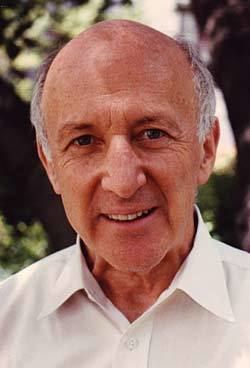 | ||
Died November 1, 2006, Oakland, California, United States Education Princeton University (1947) Books Logical Systems Containing Only a Finite Number of Symbols, Retracing elementary mathematics Awards Guggenheim Fellowship for Natural Sciences, US & Canada, Chauvenet Prize Similar People Alfred Tarski, Alonzo Church, Patrick Suppes | ||
The Completeness: From Henkin's Proposition to Quantum Computer
Leon Albert Henkin (April 19, 1921, Brooklyn, New York – November 1, 2006, Oakland, California) was a logician at the University of California, Berkeley. He was principally known for "Henkin construction", his version of the proof of the semantic completeness of standard systems of first-order logic.
Contents
- The Completeness From Henkins Proposition to Quantum Computer
- Early life
- Academic career
- The completeness proof
- Awards received
- References
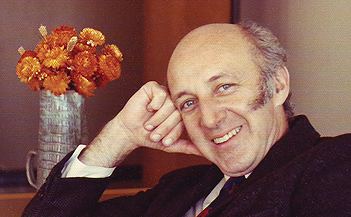
Early life
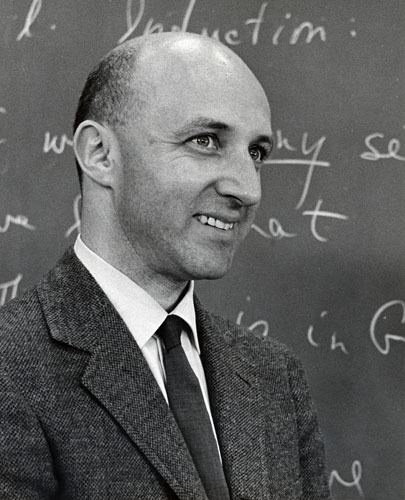
Henkin was born in Brooklyn, New York into a Russian Jewish immigrant family. His father expressed his high expectations for him by giving him the middle name "Albert"; at the time, the New York Times ran a series of articles on Albert Einstein's theory of relativity. He did not use his middle name in his mathematical publications. His first degree was in mathematics and philosophy from Columbia College, in 1941. He later worked in the Signal Corps Radar Laboratory (Belmar, New Jersey). As participant in the Manhattan project, he worked on isotope diffusion, in New York, and Oak Ridge, Tennessee.
Academic career
He was a doctoral student of Alonzo Church at Princeton University, receiving his Ph.D. in 1947. He became Professor of Mathematics at the University of California, Berkeley, where he had a position from 1953. He received the 1964 Chauvenet Prize for exposition. He was a collaborator of Alfred Tarski, and an ally in promoting logic. His doctoral students include Carol Karp and Philip Treisman.
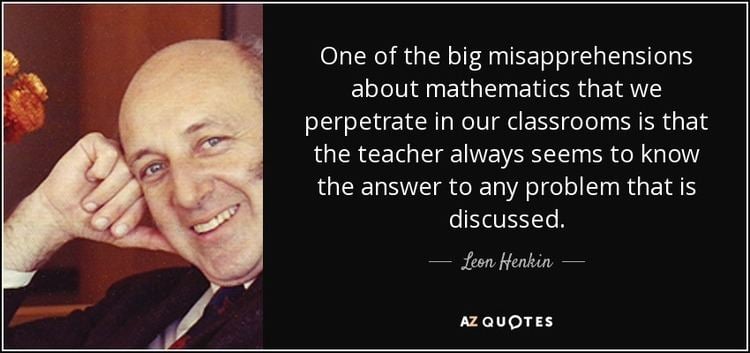
Henkin was also a social activist who since the 1960s worked to increase higher education opportunities for women and minorities. In 1964 he spearheaded the formation of the Special Scholarships Committee at UC Berkeley, which resulted in setting up Special Opportunity Scholarships and other outreach programs at Berkeley. The Berkeley program served as a model for the federal Upward Bound Program that was founded several years later and for many outreach and special opportunities programs at other U.S. universities.
The completeness proof
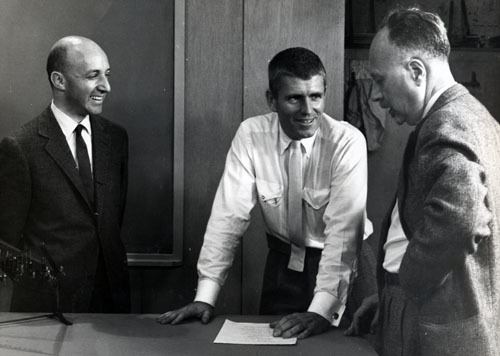
Henkin's result was not novel; it had first been proved by Kurt Gödel in his doctoral dissertation, which was completed in 1929. (See Gödel's completeness theorem. Gödel published a version of the proof in 1930.) Henkin's 1949 proof is much easier to survey than Gödel's and has thus become the standard choice of completeness proof for presentation in introductory classes and texts.
The proof is non-constructive, i.e. it is a pure existence proof. While it guarantees that if a sentence α follows (semantically) from a set of sentences Σ, then there is a proof of α from Σ, it gives no indication of the nature of that proof. Henkin originally proved the completeness of Church's higher-order logic, and then observed that the same methods of proof could be applied to first-order logic.
His proof for higher-order logic uses a variant of the standard semantics. This variant uses general models (models in general or Henkin semantics; models in Henkin semantics are not to be confused with Henkin models, which are models in classical first-order logic): the higher types need not be interpreted by the full space of functions; a subset of the function space may be used instead.
